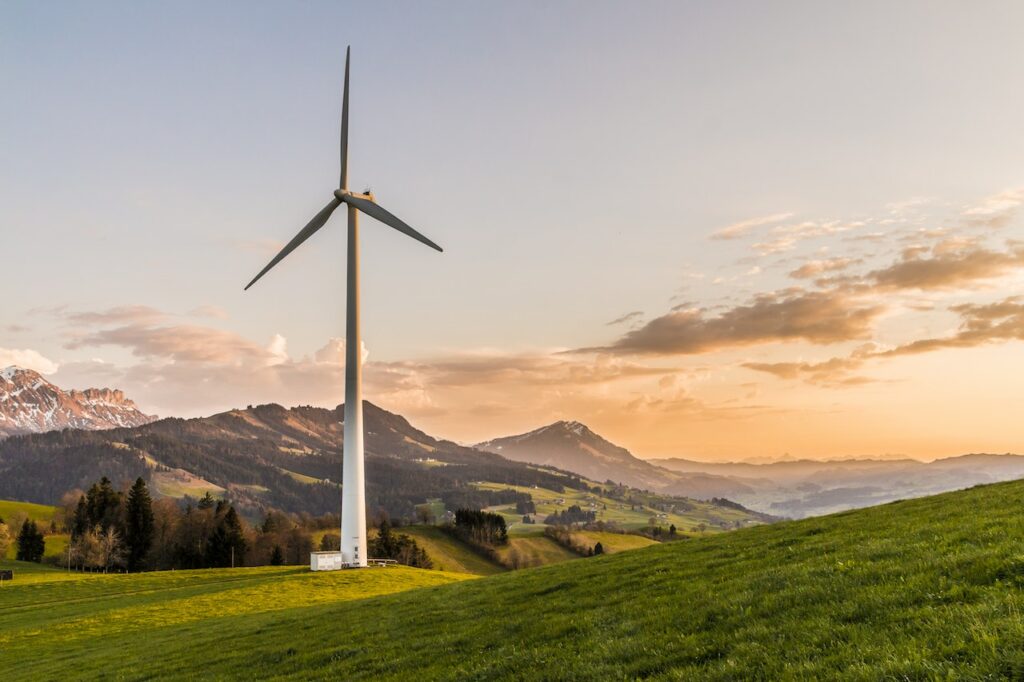
What Makes Energy Renewable?
Renewable energy is the energy we derive from many of Earth’s naturally occurring resources, including wind, water, and sun. We call these resources renewable or sustainable (as in sustainable energy) since they are inexhaustible.
What Is the Difference Between Nonrenewable and Renewable Energy Resources?
Currently, the primary sources of energy in the United States are fossil fuels such as coal, oil, and natural gas. Unfortunately, fossil fuels are nonrenewable resources created over the course of millions of years, far beneath the Earth’s surface. When these finite resources are gone, they’re gone.
The rate at which we’re using fossil fuels is too fast. If we don’t make a drastic and immediate change in how we’re using them, they could be potentially depleted within our children’s lifetime. On the other hand, renewable energy comes from virtually inexhaustible sources. Using these natural resources allows us to conserve and extend the lifespan of our nonrenewables.
Even worse than depletion might be that fossil fuels have an extremely negative impact on the environment. The top cause of carbon emissions in the U.S. comes from electricity generation produced by burning fossil fuels in nonrenewable power plants. Zip CodeSee Plans
Carbon dioxide and other greenhouse gas emissions lead to global warming and other forms of climate change, which can lead to:
- Acid rain
- Smog
- Soot
- Toxic air emissions
- Congenital disabilities
- Cancer
- Other severe health-related conditions
- Changes in sea level
- Cold snaps
- Droughts
- Hurricanes
- Melting glaciers
- Wildfires
Renewable energy has a much lower carbon footprint than coal and other fossil fuels. Switching to renewable energy sources can positively impact the environment by slowing climate change. This positive environmental impact is where the terms green energy and clean energy come from.
How Do You Conserve Nonrenewable Energy Resources?
Even though making the change to renewable resources is a critical move for our future, finding additional ways to conserve our nonrenewable resources is equally important. Did you know that Americans wasted two-thirds of the total energy used in 2018? Think of how much longer our fossil fuels would last if we could avoid such waste.
6 Simple Steps Towards Energy Conservation:
- Turn off the lights when you leave a room.
- Unplug unused chargers, electronics, and appliances.
- Change to energy-efficient light bulbs.
- Repair plumbing issues like leaky faucets and running toilets.
- Do all of your hot water tasks simultaneously.
- Use cold water when possible.
Why Is Energy Conservation Important?
In the United States, fossil fuels produce 80% of all energy consumed. Our current dependence on fossil fuels is too high to risk a rapid depletion rate. We are working towards replacing fuels like coal, oil, and natural gas with renewable alternatives, but we need time.
The more energy we can conserve, the longer we will have nonrenewable resources available to assist us with our energy needs. Just as importantly, energy conservation helps to slow global warming.
These Critical Achievements Can Be Accomplished Through Simple Acts of Energy Conservation:
- Save coastal cities from being submerged
- Protect fragile ecosystems such as reefs
- Reduce airborne allergens
- Improve mental health
- Delay substantial rise in the cost of fossil fuels
- Lower utility bills
- Provide an opportunity for tax credits and other savings